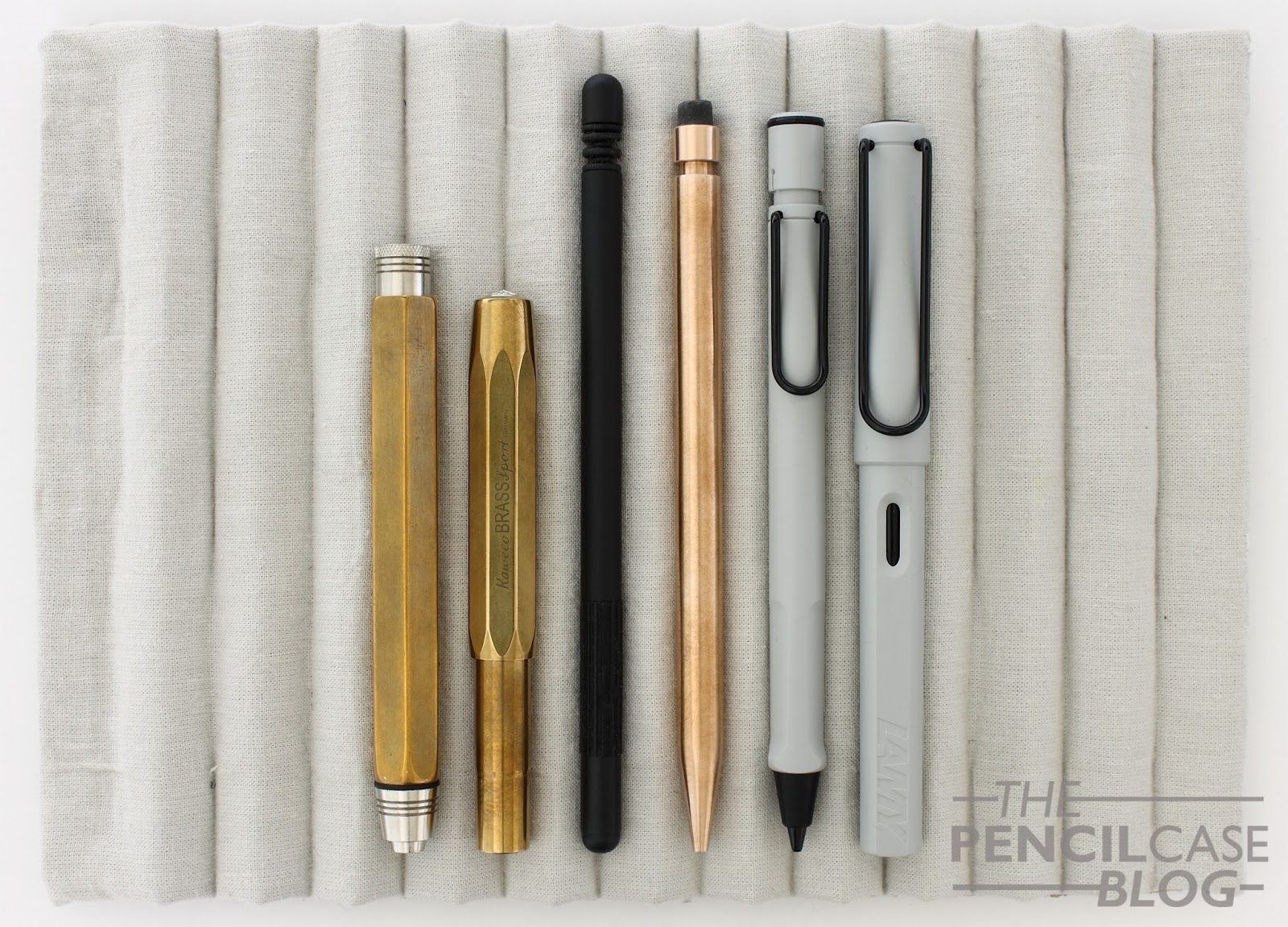Are mechanical pencils equivalent to the classic #2 pencil? This question sparks endless debates among students, artists, and anyone who regularly puts pencil to paper. Let's delve into the graphite world and dissect the similarities and differences between these two writing instruments.
Understanding the "number 2" designation is crucial. It refers to the hardness of the graphite core. A #2 pencil offers a balance between darkness and hardness, making it suitable for standardized tests and general writing. Mechanical pencils, on the other hand, offer a range of lead grades, allowing users to select hardness based on their specific needs. So, can a mechanical pencil replicate the #2 experience? The answer depends on the lead inserted.
The history of pencils dates back centuries, with early versions using solid graphite. The standardized #2 pencil emerged later as a reliable and consistent writing tool for mass production. Mechanical pencils, focusing on reusability and convenience, entered the scene as a more modern alternative, eliminating the need for sharpening.
The popularity of the #2 pencil stems from its versatility and affordability. It remains a staple in education and everyday use. Mechanical pencils offer precision and a consistent line width throughout their use. This makes them attractive for technical drawing, drafting, and precise writing.
One key issue arises when considering standardized tests. While some tests accept mechanical pencils, others explicitly forbid them due to concerns about broken leads, smudging, or even cheating. Always check the specific test requirements before bringing a mechanical pencil to the exam.
Mechanical pencils use thin graphite leads, available in various hardness grades, similar to the numbered system used for traditional pencils. An HB lead in a mechanical pencil is generally equivalent to a #2 pencil in terms of darkness and hardness.
For example, if you're filling out a standardized test requiring a #2 pencil, using a mechanical pencil with HB lead would be an acceptable substitute in most cases. However, always verify the specific test guidelines.
One benefit of mechanical pencils is their consistent line weight. Unlike traditional pencils that dull with use, mechanical pencils maintain a uniform line until the lead runs out.
Another advantage is their no-sharpening design. This saves time and eliminates the need for a sharpener, making them convenient for on-the-go writing.
Lastly, they offer lead grade versatility. From hard leads for drafting to softer leads for sketching, mechanical pencils cater to a wide range of writing and drawing needs.
Advantages and Disadvantages of Mechanical Pencils vs. #2 Pencils
| Feature | Mechanical Pencil | #2 Pencil |
|---|---|---|
| Lead/Graphite | Replaceable leads, various grades | Fixed graphite core, #2 hardness |
| Sharpening | No sharpening required | Requires sharpening |
| Line Consistency | Consistent line width | Line width varies with sharpening |
| Cost | Higher initial cost, lower long-term cost | Lower initial cost, higher long-term cost |
| Breakage | Leads can break under pressure | Less prone to breakage |
Frequently Asked Questions:
1. Can I use a mechanical pencil on the SAT? - Check the official SAT guidelines, as requirements can change.
2. What lead is equivalent to a #2 pencil? - HB lead is generally considered equivalent to a #2 pencil.
3. Are mechanical pencils better for writing? - It depends on personal preference. Some prefer the consistent feel of a mechanical pencil.
4. Are mechanical pencils allowed for standardized tests? - Always check the specific test regulations.
5. What are the different lead grades for mechanical pencils? - Lead grades range from H (hard) to B (soft), with HB in the middle.
6. Where can I buy mechanical pencils? - Stationery stores, online retailers, and supermarkets all carry mechanical pencils.
7. What is the best mechanical pencil brand? - Many reputable brands exist; research to find one that suits your needs.
8. How do I refill a mechanical pencil? - Consult the instructions that come with your specific mechanical pencil.
In conclusion, the question of whether a mechanical pencil is a #2 pencil isn't a simple yes or no. While a mechanical pencil equipped with HB lead can functionally mimic a #2 pencil, they are distinct tools with their own sets of advantages and disadvantages. Understanding the nuances of lead grades, considering the specific task at hand, and adhering to any relevant guidelines will help you make the best choice between these two writing instruments. By understanding the differences and similarities between these two writing tools, you can select the perfect pencil for your specific needs, whether it's for standardized tests, detailed drawings, or everyday writing. Embrace the versatility and convenience of both options and let your writing flow.
Mechanical Pencil 20mm 2B Drawing Writing Mechanical Pencil 12pcs - Trees By Bike
is a mechanical pencil a #2 pencil - Trees By Bike
Glennco Office Products Ltd Office Supplies Writing Correction - Trees By Bike
Pentel WOW Retractable Tip Mechanical Pencil - Trees By Bike
Paper Mate Handwriting Triangular Mechanical Pencils HB 2 Lead 13mm - Trees By Bike
HYYYYH Special S Mechanical Pencil 09 I Lead Pencil Made of High - Trees By Bike
Nicpro 2mm Metal Mechanical Pencil Set 2PCS Lead Holder 20 mm Metal - Trees By Bike
Nicpro 2 PCS Mechanical Pencils 05mm 07 mm with Case Metal Artist - Trees By Bike
Buy Nicpro 2mm Mechanical Pencil Set 3 PCS Artist Propelling Drafting - Trees By Bike
BIC Matic ClipGrip Mechanical Pencil - Trees By Bike
MODERN FUEL MECHANICAL PENCIL 20 REVIEW - Trees By Bike
72 Pack of 09 mm HB Graphite Mechanical Pencils - Trees By Bike
BIC ReAction Mechanical Pencil - Trees By Bike
MODERN FUEL MECHANICAL PENCIL 20 REVIEW - Trees By Bike
is a mechanical pencil a #2 pencil - Trees By Bike














